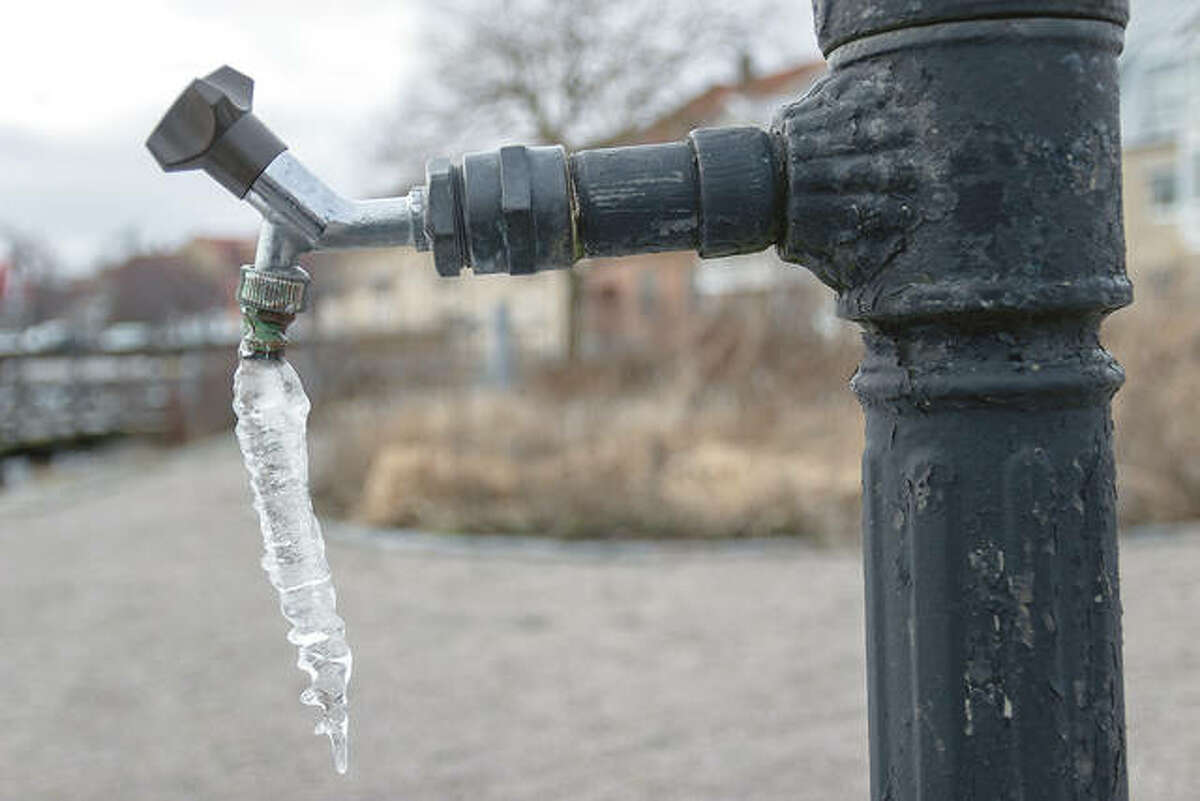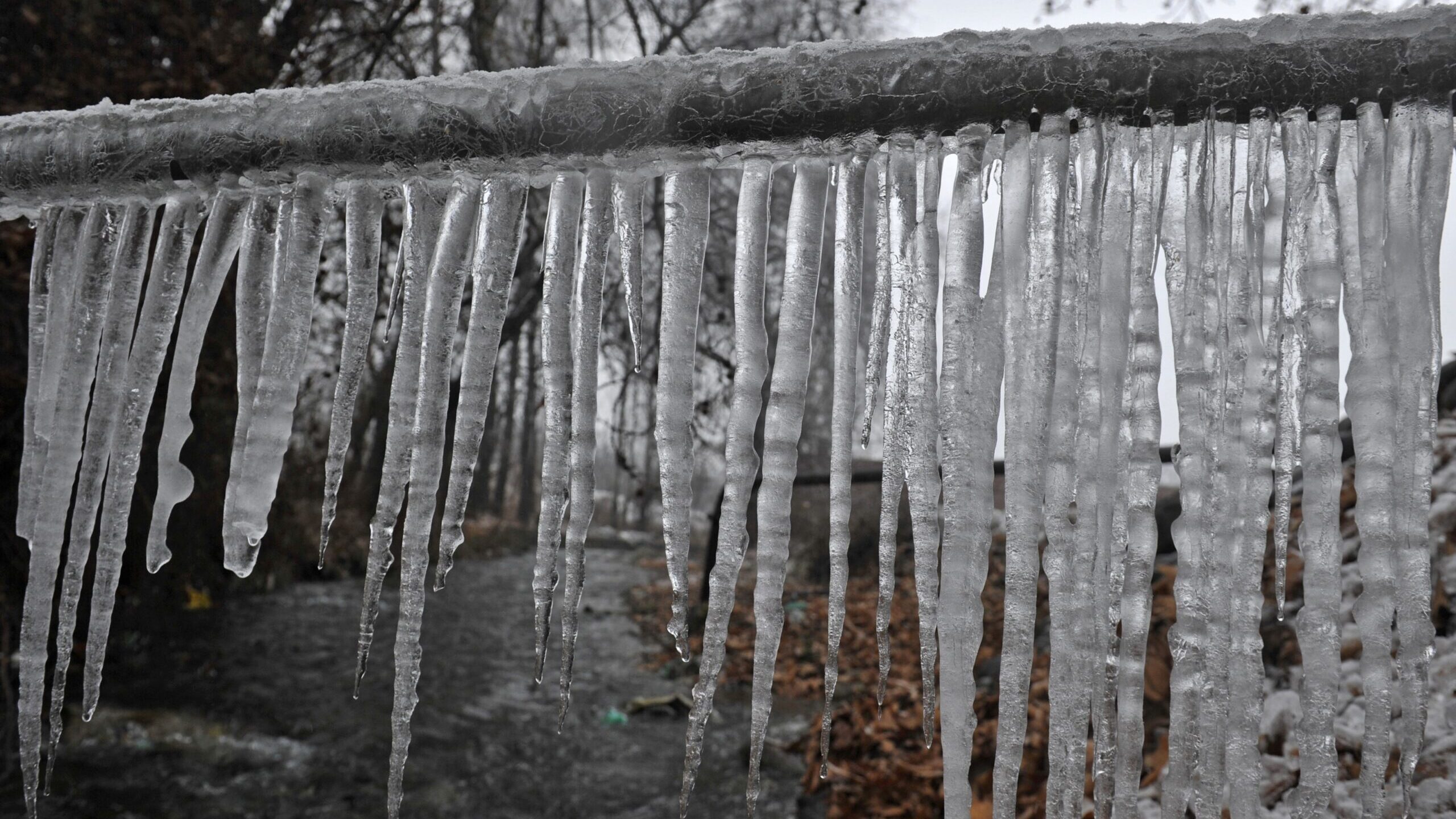Critical Approaches for Preventing Frozen Plumbing in Winter
Critical Approaches for Preventing Frozen Plumbing in Winter
Blog Article
Here on the next paragraphs you can find additional outstanding material related to How to prepare your home plumbing for winter weather.

Winter can damage your pipes, particularly by freezing pipelines. Below's just how to stop it from taking place and what to do if it does.
Intro
As temperature levels decrease, the risk of frozen pipelines boosts, potentially resulting in costly fixings and water damages. Comprehending how to stop frozen pipes is critical for house owners in cold environments.
Comprehending Icy Pipes
What creates pipes to ice up?
Pipes ice up when exposed to temperature levels below 32 ° F (0 ° C) for prolonged durations. As water inside the pipes freezes, it expands, taxing the pipe wall surfaces and possibly causing them to break.
Dangers and problems
Frozen pipelines can cause supply of water interruptions, residential property damages, and costly repair work. Ruptured pipelines can flood homes and create considerable structural damage.
Signs of Frozen Pipeline
Identifying icy pipes early can prevent them from rupturing.
Exactly how to recognize icy pipelines
Search for lowered water circulation from faucets, uncommon smells or sounds from pipes, and visible frost on subjected pipes.
Prevention Tips
Protecting susceptible pipes
Cover pipes in insulation sleeves or utilize heat tape to safeguard them from freezing temperature levels. Concentrate on pipes in unheated or external locations of the home.
Home heating techniques
Keep interior spaces effectively warmed, specifically locations with pipes. Open up cupboard doors to enable warm air to circulate around pipes under sinks.
Protecting Exterior Pipes
Yard hose pipes and outdoor taps
Separate and drain pipes garden hoses prior to wintertime. Set up frost-proof faucets or cover exterior taps with insulated caps.
What to Do If Your Pipelines Freeze
Immediate actions to take
If you suspect icy pipes, maintain faucets open up to eliminate pressure as the ice thaws. Utilize a hairdryer or towels taken in hot water to thaw pipelines slowly.
Long-Term Solutions
Architectural modifications
Consider rerouting pipelines far from outside walls or unheated areas. Add additional insulation to attic rooms, basements, and crawl spaces.
Upgrading insulation
Purchase high-grade insulation for pipelines, attic rooms, and walls. Proper insulation helps maintain constant temperatures and reduces the threat of icy pipelines.
Final thought
Preventing icy pipes requires aggressive procedures and fast reactions. By recognizing the causes, indications, and safety nets, property owners can shield their plumbing during winter.
5 Ways to Prevent Frozen Pipes
Drain Outdoor Faucets and Disconnect Hoses
First, close the shut-off valve that controls the flow of water in the pipe to your outdoor faucet. Then, head outside to disconnect and drain your hose and open the outdoor faucet to allow the water to completely drain out of the line. Turn off the faucet when done. Finally, head back to the shut-off valve and drain the remaining water inside the pipe into a bucket or container. Additionally, if you have a home irrigation system, you should consider hiring an expert to clear the system of water each year.
Insulate Pipes
One of the best and most cost-effective methods for preventing frozen water pipes is to wrap your pipes with insulation. This is especially important for areas in your home that aren’t exposed to heat, such as an attic. We suggest using foam sleeves, which can typically be found at your local hardware store.
Keep Heat Running at 65
Your pipes are located inside your walls, and the temperature there is much colder than the rest of the house. To prevent your pipes from freezing, The Insurance Information Institute suggests that you keep your home heated to at least 65 degrees, even when traveling. You may want to invest in smart devices that can keep an eye on the temperature in your home while you’re away.
Leave Water Dripping
Moving water — even a small trickle — can prevent ice from forming inside your pipes. When freezing temps are imminent, start a drip of water from all faucets that serve exposed pipes. Leaving a few faucets running will also help relieve pressure inside the pipes and help prevent a rupture if the water inside freezes.
Open Cupboard Doors
Warm your kitchen and bathroom pipes by opening cupboards and vanities. You should also leave your interior doors ajar to help warm air circulate evenly throughout your home.

I am very interested by How to prepare your home plumbing for winter weather and I'm hoping you appreciated the entire blog posting. Sharing is nice. You never know, you will be doing someone a favor. Thanks for going through it.
Website Report this page